7 Things I Learned Testing Verizon’s New 5G Network
After a weekend of testing Verizon’s fledgling 5G network in Chicago, I came away with some impressions about the early days of this new networking standard.
On Friday morning, I got up at the crack of dawn, boarded an Oakland-to-Chicago flight and headed to one of two cities in America where a commercial 5G network is up and running. I bought a $480 Moto Z3, added a 5G Moto Mod (normally $349, but mine for the discount price of $199), and set about the Windy City to get a glimpse of what 5G means for the future of wireless connectivity.
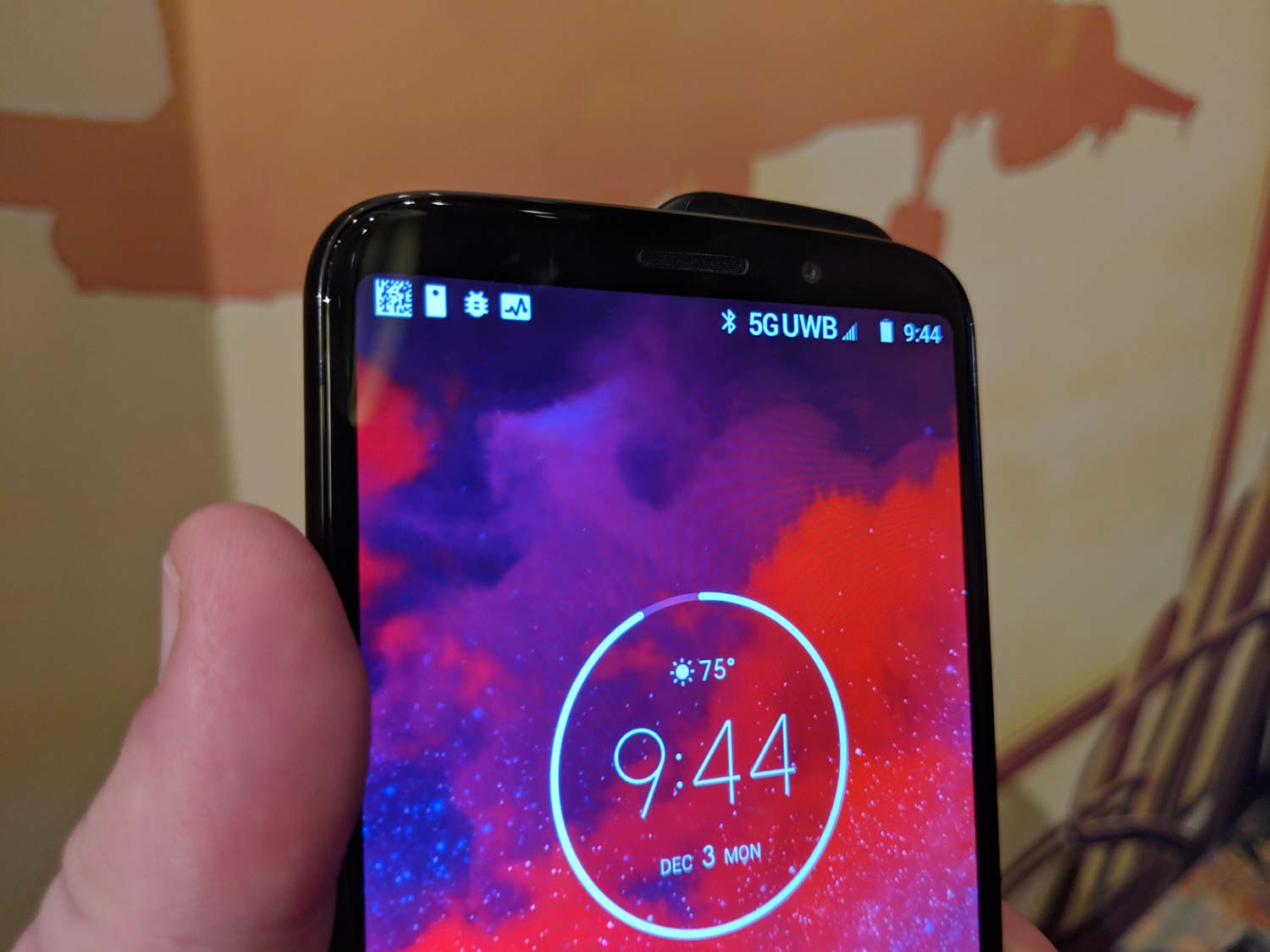
On the whole, I wish I had stayed in bed.
Look, 5G is going to be a big deal one of these days, delivering faster speeds, lower latency and better experiences. But today is not that day.
I think Verizon would even admit as much. Its 5G network is less than a week old and only available in parts of two cities (Minneapolis is the other, in addition to Chicago.) Surely, coverage will expand there, even as Verizon eyes bringing a total of 30 cities into the 5G fold by the end of the year. But I'm being pretty generous when I say that 5G connectivity is pretty sporadic and inconsistent at this point, even in the parts of Chicago where Verizon has set up towers for its next-generation network.
It's too early to draw sweeping conclusions from Verizon's 5G launch, especially since other carriers will have their say even as Verizon builds out its own network. But we can look at the current state of 5G and adjust our expectations for what's coming this year accordingly.
1. 5G is plenty fast
We knew 5G was going to be fast, but Verizon's network in Chicago gives us a practical idea of just how fast. During demos at Verizon's Chicago store, the company demonstrated a download speed reaching 641 Mbps. When we fired up our Moto Z3 and the accompanying 5G Moto Mod in Verizon's store, we saw speeds that were consistently between 575 Mbps and 596 Mbps on Ookla's Speedtest.net app.
MORE: 5G Speed Tests: The First Results
The range was a bit wider once we ventured out on the streets of Chicago. But at its best, 5G download speeds on Verizon's network topped 600 Mbps and routinely were 300 Mbps or better, even when the connection wasn't strong.
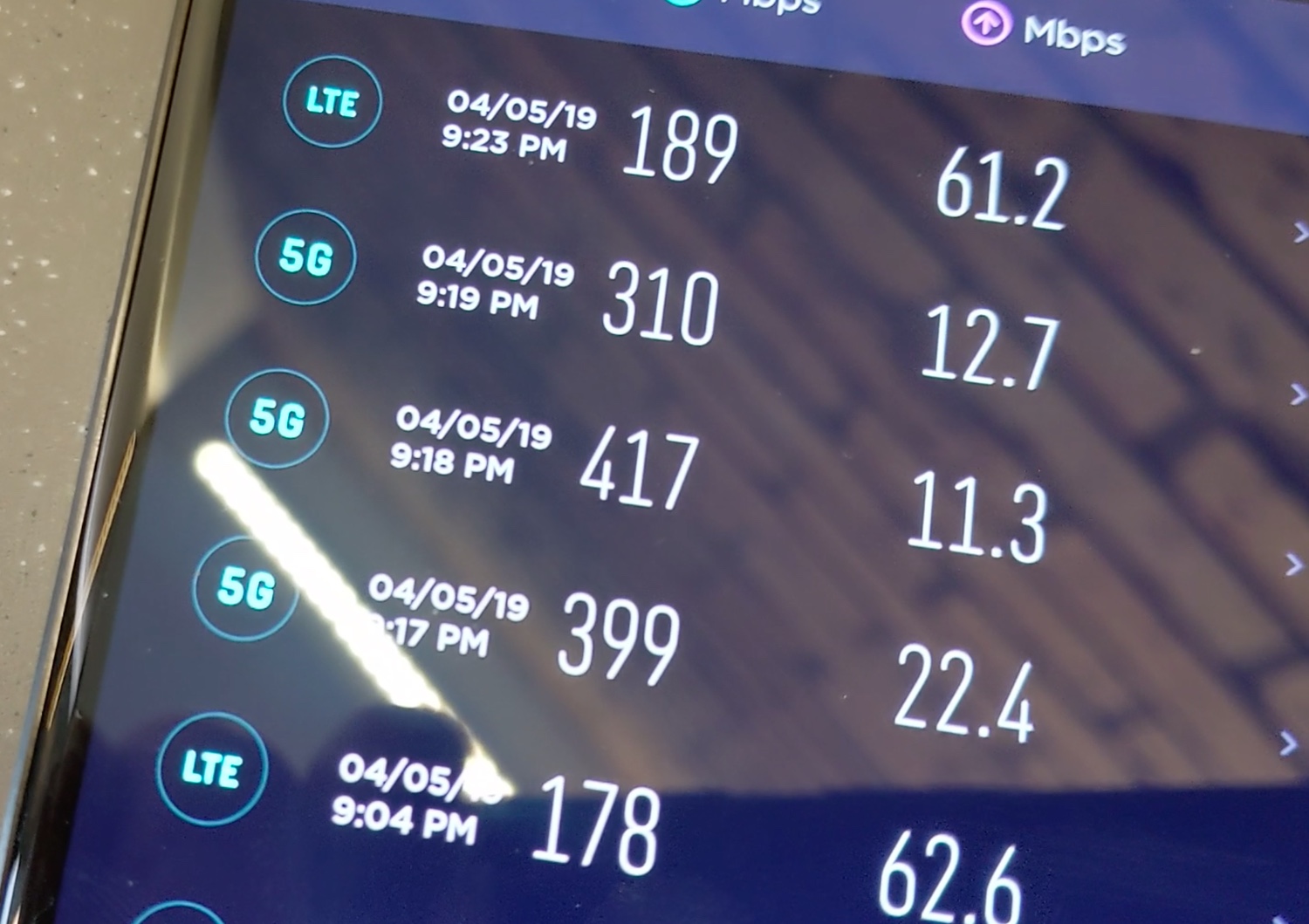
Verizon says to expect averages of around 450 Mbps speeds in areas where its 5G network is available and you've got a device capable of connecting to the network. (Right now, that's limited to the Z3, but that figures to change in May when the Galaxy S10 5G will reportedly go sale.)
2. 5G speeds are not what they're supposed to be
I don't want to seem ungrateful — data speeds between 300 Mbps and 600 Mbps are really fast, particularly if you've spent as much time testing LTE networks as I have the past few years. But that's not anywhere close to 1 Gbps and that's been the promise of 5G for some time.
Verizon's answer here — "We're working on it" — is fair enough, especially since 5G technology is going to evolve and improve. But there's something else to consider about the 5G speeds we saw during our testing — they're not that much better than what you get with LTE, at least not in the areas where I tested.
Take my test results from outside the Art Institute of Chicago, where my Z3 hit speeds of 468 Mbps and 367 Mbps with the 5G Moto Mod on. When I removed the mod, speeds dropped as low as 163 Mbps and still reached 204 Mbps on one test, which is still plenty fast, especially for LTE.
Verizon's LTE network in Chicago is pretty powerful: It beat all the other carriers for LTE speeds when we tested networks last year. So Verizon's a little bit of a victim of its own success here. Still, if you're a Verizon customer enjoying your LTE service in the Windy City, the improved speeds you'd get from 5G aren't better enough to justify paying up for a more expensive 5G-ready device, at least not at this stage.
3. Downloads over 5G are confounding
I'm writing this article waiting to board a plane at Midway Airport, and there's a teenage girl nearby asking her parents why she can't download a movie before their flight. I really should tell them about my 5G experiment outside the Merchandise Mart where I was able a 152MB episode of Nailed It off of Netflix in 43 seconds over 5G. A similar sized episodes took more than 13 minutes when I used LTE to download it.
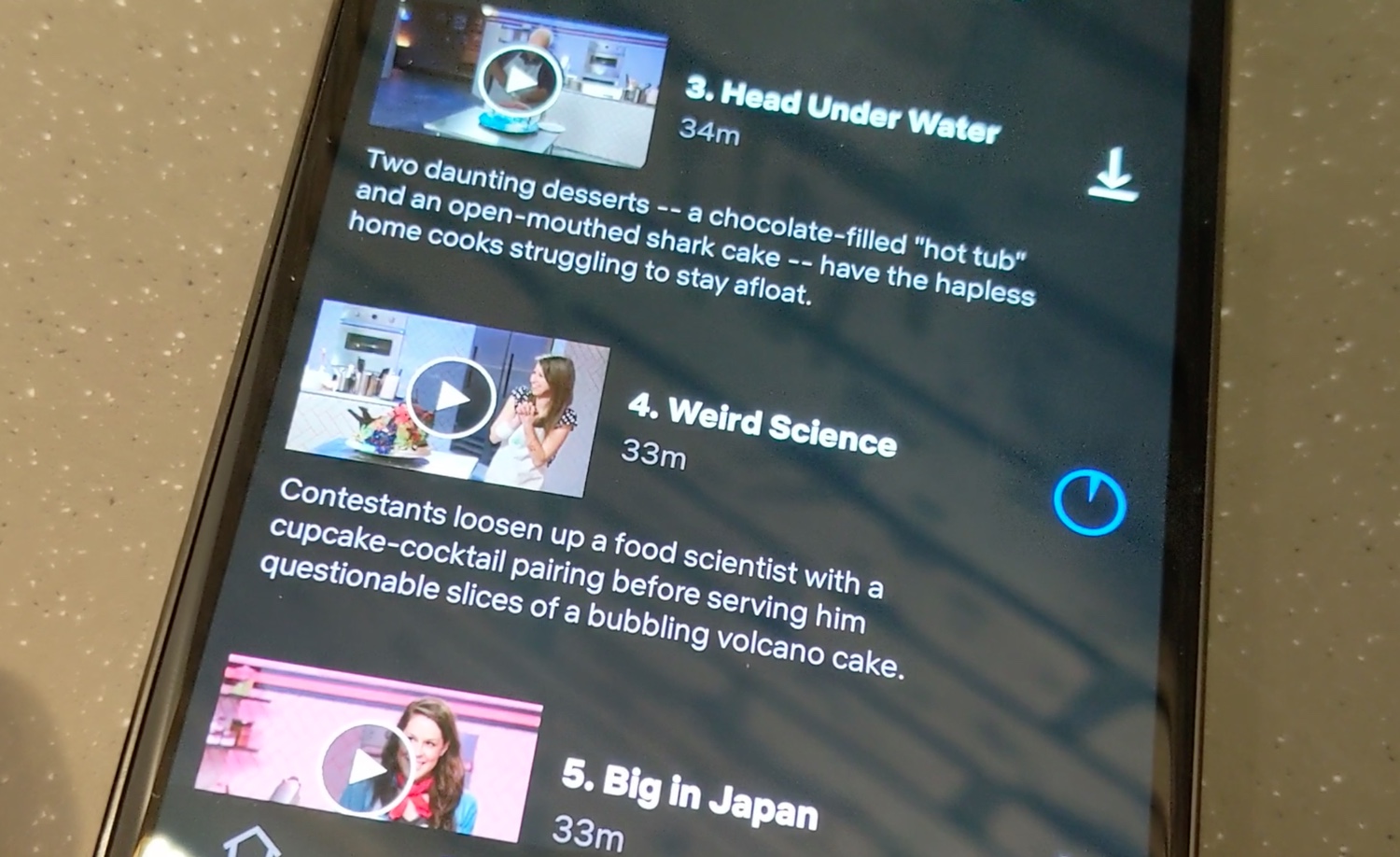
That's really good! But it's also not what I experienced when downloading other large files during my testing.
Whenever I had 5G connectivity, I tried downloading PUBG Mobile off the Google Play store. That's a 1.81GB file, but I figured it would be no match for 5G's faster speeds. And the app did download more often than not, taking between 5 to 6 minutes to do so. Here's the curious thing, though: I ran the same test over LTE, and the download times were faster — usually around 3 minutes once I removed the Moto Mod. (Just for the sake of comparison, I tried downloading PUBG Mobile with my Pixel 3 XL, which has a newer chipset than the one powering the Z3. It also took 2 minutes, 50 seconds to download the game over LTE.)
Raw speed numbers are one thing, and 5G seems to bring that in abundance (even with those average download speeds likely to improve). But in terms of real-world applications, that speed isn't always translating to better performance for some tasks.
4. Service is spotty
The greatest frustration I ran into while testing 5G in Chicago was finding 5G in Chicago. Verizon's network is concentrated in the West Loop and South Loop, around areas like River North, Old Town and Gold Coast. Even then, 5G connectivity feels like it's on a block-by-block basis.
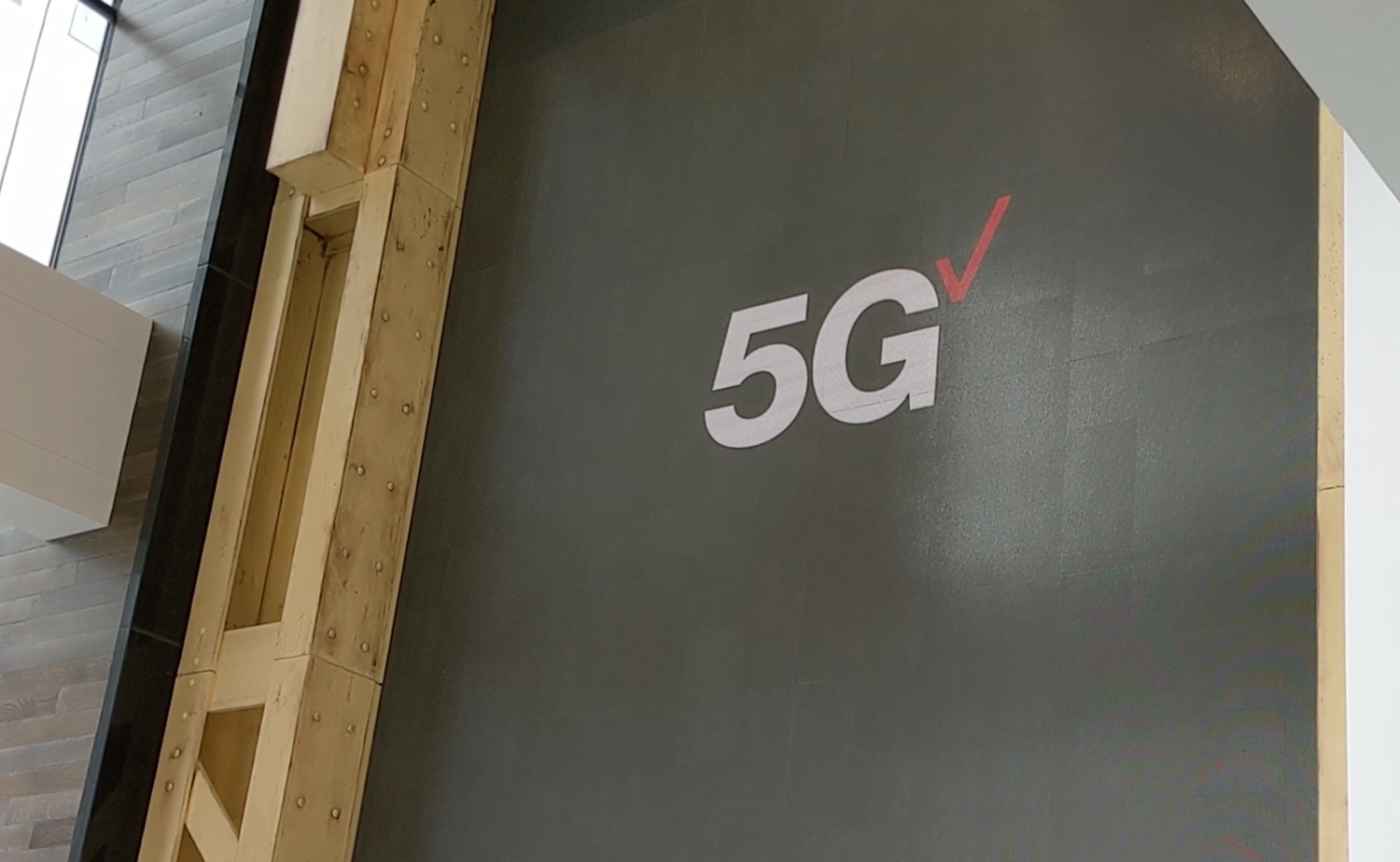
My most consistent 5G connectivity came at the intersection of Ontario and Wells Streets, but only on one corner. If I were to cross the street, the 5G signal would become spotty or drop altogether. In other words, you and a friend could stand across the street from each other holding identical phones — and only one of you is hopping on 5G.
Even more frustrating, Verizon's 5G service is pretty fickle at this point. After some success running tests Friday night, I returned to a few of the same locations the next morning to run additional tests and shoot video. And I couldn't connect to 5G at all, not even when standing in the same spots I was in 12 hours earlier. Perhaps Verizon was doing work on the network — that's what an employee at the Verizon store suggested — but that doesn't make the current 5G offering any more reliable.
5. There's no need to get the 5G Moto Mod at this point
The Moto Z3 is a pretty good phone — we liked its performance, OLED display and compatibility with the many Moto Mods when we reviewed the device last year. But the limitations of 5G at this point and the difficulty finding a connection even if you live in a place where Verizon's flipped the switch, the 5G Moto Mod feels pretty superfluous right now.
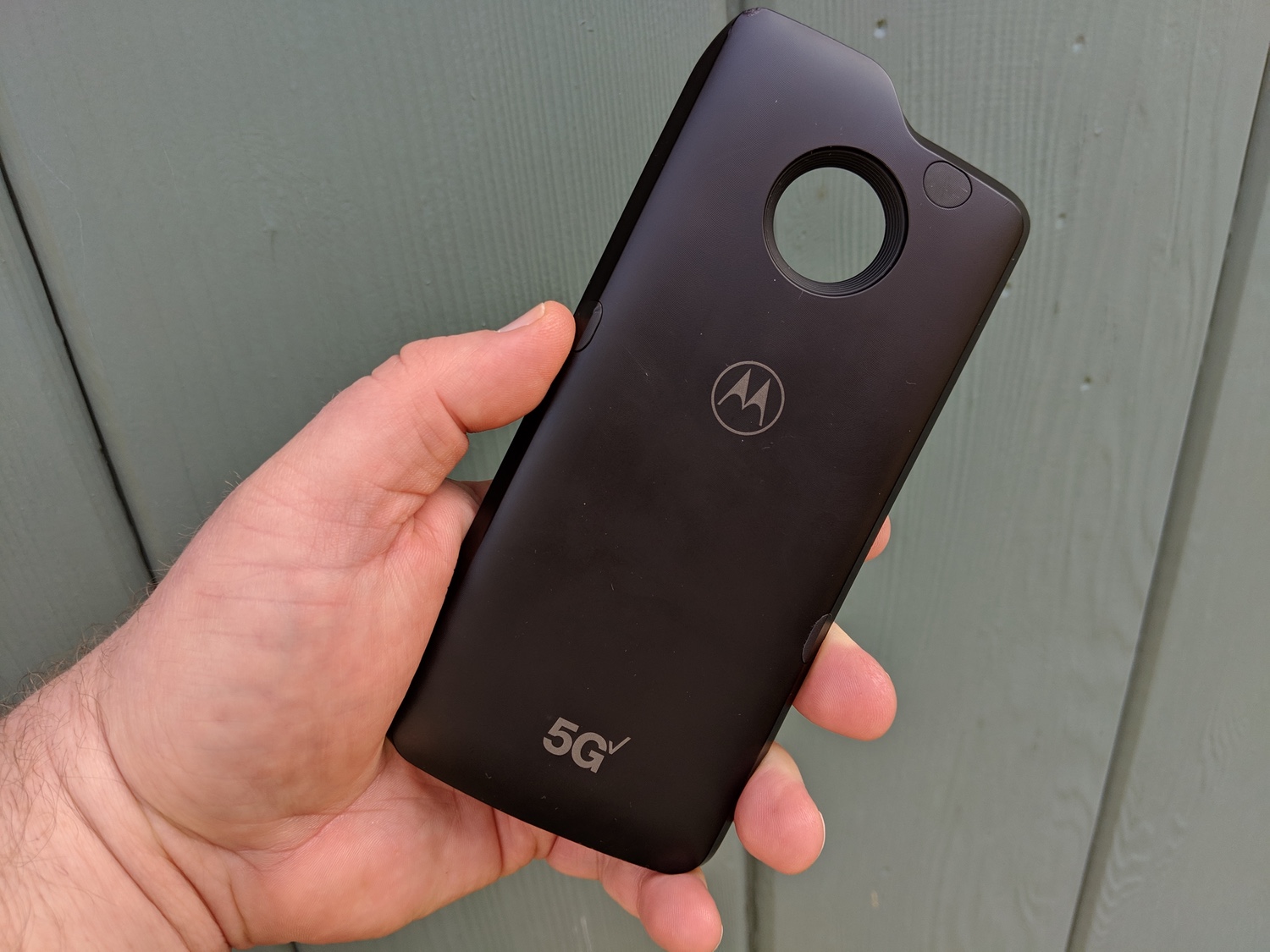
The Z3 is a pretty sleek phone by itself. But the 5G Moto Mod adds 4.5 ounces and makes the otherwise thin Z3 feel like a chunky phone from a decade ago. As I tried — and failed — to find 5G connections on Saturday morning, I couldn't help but feel I had saddled my 5G with a $199 paperweight. I wouldn't get a Moto Mod until Verizon's network becomes more widespread and reliable, and by then the Galaxy S10 5G should be available, which will have 5G built in.
6. The jury's still out on other 5G phones
It's hard to make a similar judgment on upcoming 5G phones, primarily because we don't know how much they'll cost yet. But given the current nascent state of 5G networks, it's going to be a hard sell unless you're planning on holding onto that Galaxy S10 5G or LG V50 ThinQ for a few years so you can reap the advantages of more evolved 5G performance.

At least Samsung's 5G version of the S10 brings more than 5G connectivity to the mix. The 5G version of the phone brings a bigger 6.7-inch screen and larger battery than what you get with the Galaxy S10 Plus. And there's a fourth lens on the back of the phone enabling video portrait effects. Still, if I were buying a Galaxy S10 5G, I wouldn't do so expecting constant 5G connectivity.
7. It's unclear how much consumers will benefit right away
As I stood on assorted street corners in Chicago recording faster download speeds and downloading large files (mostly) with ease, I had a recurring thought: This is nice... but it's not game-changingly nice.
I was struck by the same thought last December at Qualcomm's tech summit, a week-long pep rally on behalf of 5G. Back then, the most interesting demos touched on things like telemedicine, content creation and enterprise applications — valuable innovations, certainly, but not the sort of thing you and I are going to be doing with our smartphones. I feel like 5G's most immediate impact and is going to be felt by businesses and enterprises, and a weekend spent testing 5G has done little to shake that impression.
Sign up to get the BEST of Tom's Guide direct to your inbox.
Get instant access to breaking news, the hottest reviews, great deals and helpful tips.
Philip Michaels is a Managing Editor at Tom's Guide. He's been covering personal technology since 1999 and was in the building when Steve Jobs showed off the iPhone for the first time. He's been evaluating smartphones since that first iPhone debuted in 2007, and he's been following phone carriers and smartphone plans since 2015. He has strong opinions about Apple, the Oakland Athletics, old movies and proper butchery techniques. Follow him at @PhilipMichaels.

